Polenta is a food made from cereal flour cooked for a long time in hot water.
It is a particularly cheap food and, therefore, defined as "poor". In our territories, corn polenta (from the plant Zea mays) came just over 300 years before the "unification of" Italy, but the first findings of its consumption date back to the period of importation of the cereal from the Americas (cereal mahiz - Christopher Columbus - 1492).

It is a common mistake to associate the name polenta with a derivative of corn as it should indicate any food obtained by cooking cereal-based flours in water. This versatility gives polenta an almost unknown origin and, although corn was cultivated in the American territories already at the beginning of the Iron Age, even the Romans and the Greeks consumed polenta obtained from spelled (called plus) or from the Egyptian spelled. At the time, polenta was prepared with the same procedure throughout the Mediterranean basin and its consistency varied according to the cereal chosen for the flour; the polenta was then seasoned with milk, cheeses, lamb, pork and sour sauce .
In Italy *, corn polenta only took on a decisive role in the livelihood of the population from the beginning of the 19th century. Although at the time it was essential for survival from wars and famines, corn polenta has a major nutritional limit, namely the reduced BIO-availability of Niacin. The deficiency of this water-soluble molecule, also called vitamin PP or B3, leads to malnutrition whose symptoms are grouped in a commonly called pathological picture pellagra.
Although indigenous Americans had systematically consumed corn polenta since ancient times, these populations did not seem to suffer from any kind of vitamin malnutrition. This is attributable to their technical and food knowledge, which also included the chemical bath of the cereal; probably, Mayans and Aztecs had noticed the onset of pellagrose symptoms in subjects who consumed ONLY fresh corn. and they realized that treatment was needed to avoid them. The fact is that the natives came to the conclusion of immersing the cereal in an alkaline bath of water and lime, facilitating the conversion of vit. PP NOT available in BIO-available form.
Although corn polenta does NOT contain gluten, its nutritional composition does not differ significantly from that of wheat.
Video - Homemade Polenta Recipe
Polenta - All you need to know
Problems with playing the video? Reload the video from youtube.
- Go to the Video Page
- Go to the Video Recipes Section
- Watch the video on youtube
Theoretical Video - Polenta: Nutritional Properties
Watch the video
- Watch the video on youtube
Average nutritional composition of corn flour per 100g of edible portion

Polenta Pizzas - Alice's Recipes
Directly from the "In the kitchen with leftovers" section, our personal cooker Alice offers a simple idea to transform leftover polenta into a tantalizing appetizer.
Polenta pizzas for celiacs
Problems with playing the video? Reload the video from youtube.
- Go to the Video Page
- Go to the Video Recipes Section
- Watch the video on youtube
Bibliography:
- Cereals. Properties, uses and virtues - Walter Pedrotti - page 89
- Levels of Recommended Nutrient Intake (LARN) - Italian Society of Human Nutrition (SINU).
Other Cereals and Derivatives Amaranth Wheat starch Corn starch Rice starch Modified starch Oat starch Bulgur Whole grains Corn Flakes Crackers Oat bran Bran Cus cus Amaranth flour Oat flour Buratto flour Spelled flour Buckwheat flour Corn flour Corn flour Millet Barley flour Quinoa flour Small spelled flour (Enkir) Rice flour Rye flour Sorghum flour Flour and semolina Whole wheat flour Manitoba flour Pizza flour Spelled Rusks Focaccia Nuts Wheat or wheat Wheat germ Burnt wheat Buckwheat Breadsticks Oat milk Rice milk Corn Maizena Malt Millet Muesli Barley Stale bread Unleavened bread and Pita Bread Carasau bread Egg pasta Rice pasta Wholemeal pasta Piadina Small spelled Pizza Pop corn Baked goods Quinoa Rice Basmati rice Converted rice White rice Rice Wholemeal Parboiled Rice Puffed Rice Venus Rice Rye and Horned Rye Semolina Semolina Sorghum Spaghetti Spelled Teff Tigelle Triticale OTHER ARTICLES CEREALS AND DERIVATIVES Categories Food Alcoholics Meat Cereals and derivatives Sweeteners Sweets Offal Fruit Dried fruit Milk and derivatives Legumes Oils and fats Fish and fishery products Salami Spices Vegetables Health recipes Appetizers Bread, Pizza and Brioche First courses Second courses Vegetables and Salads Sweets and Desserts Ice creams and sorbets Syrups, liqueurs and grappas Basic Preparations ---- In the Kitchen with Leftovers Carnival Recipes Christmas Recipes Dietary Recipes Light Recipes Woman's Day, Mother's Day, Dad's Day Functional Recipes International Recipes Easter Recipes Recipes for Celiacs Recipes for Diabetics Holiday Recipes Valentine's Day Recipes Vegetarian Recipes Protein Recipes Regional Recipes Vegan Recipes

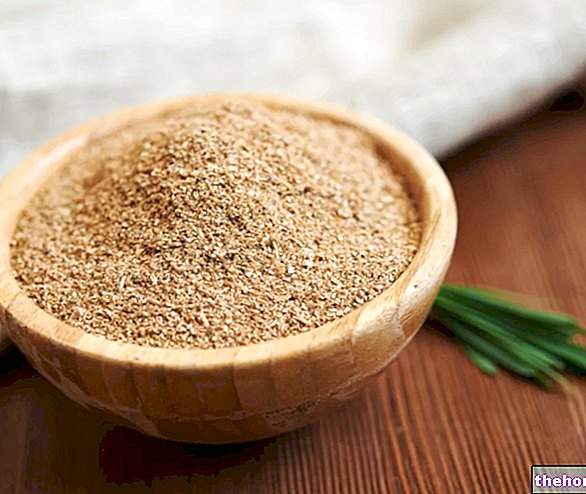
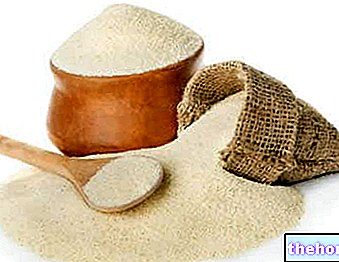
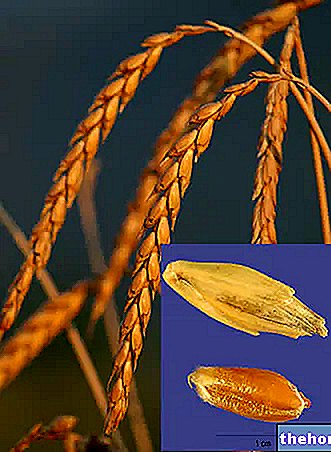
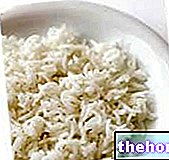

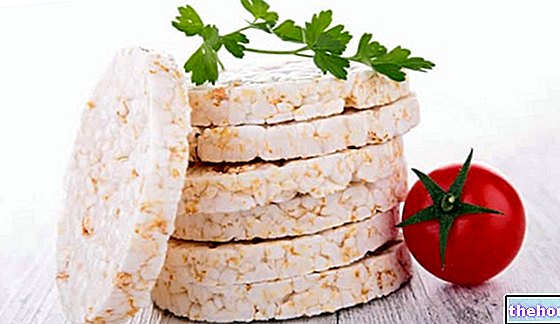


.jpg)


















